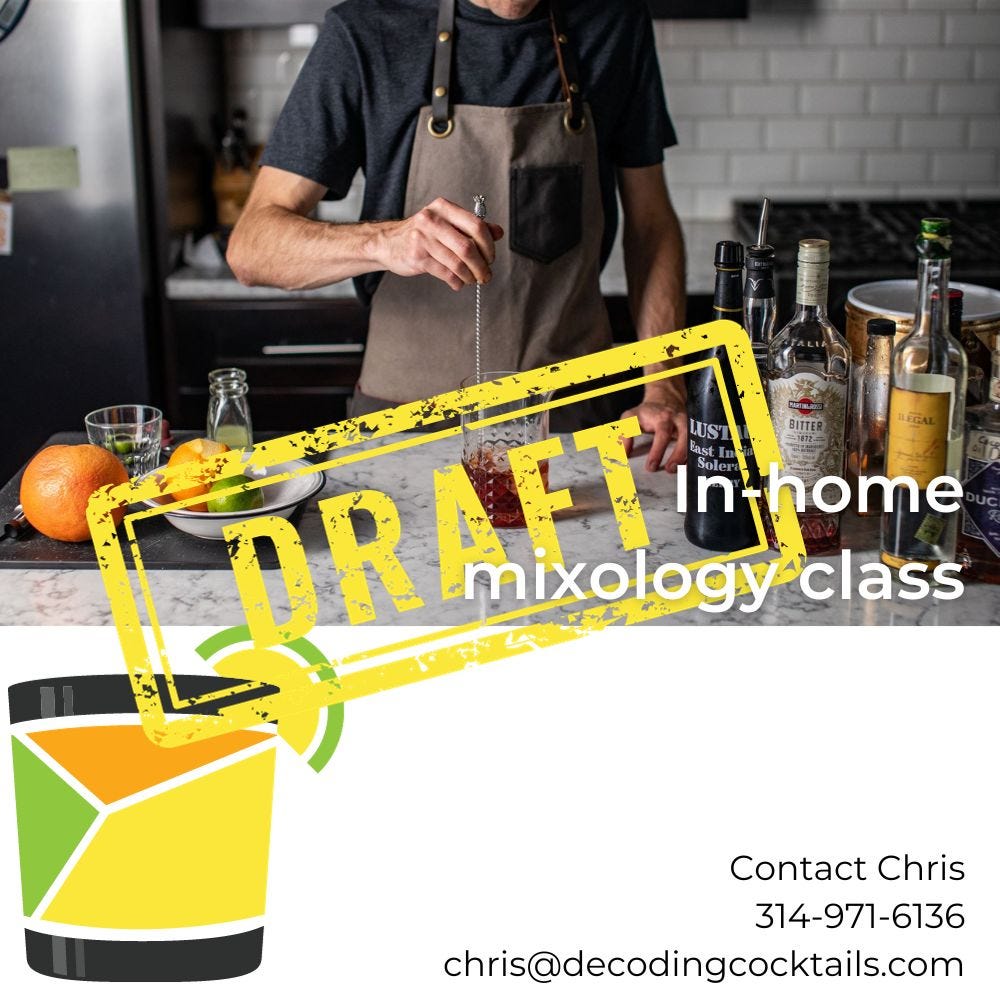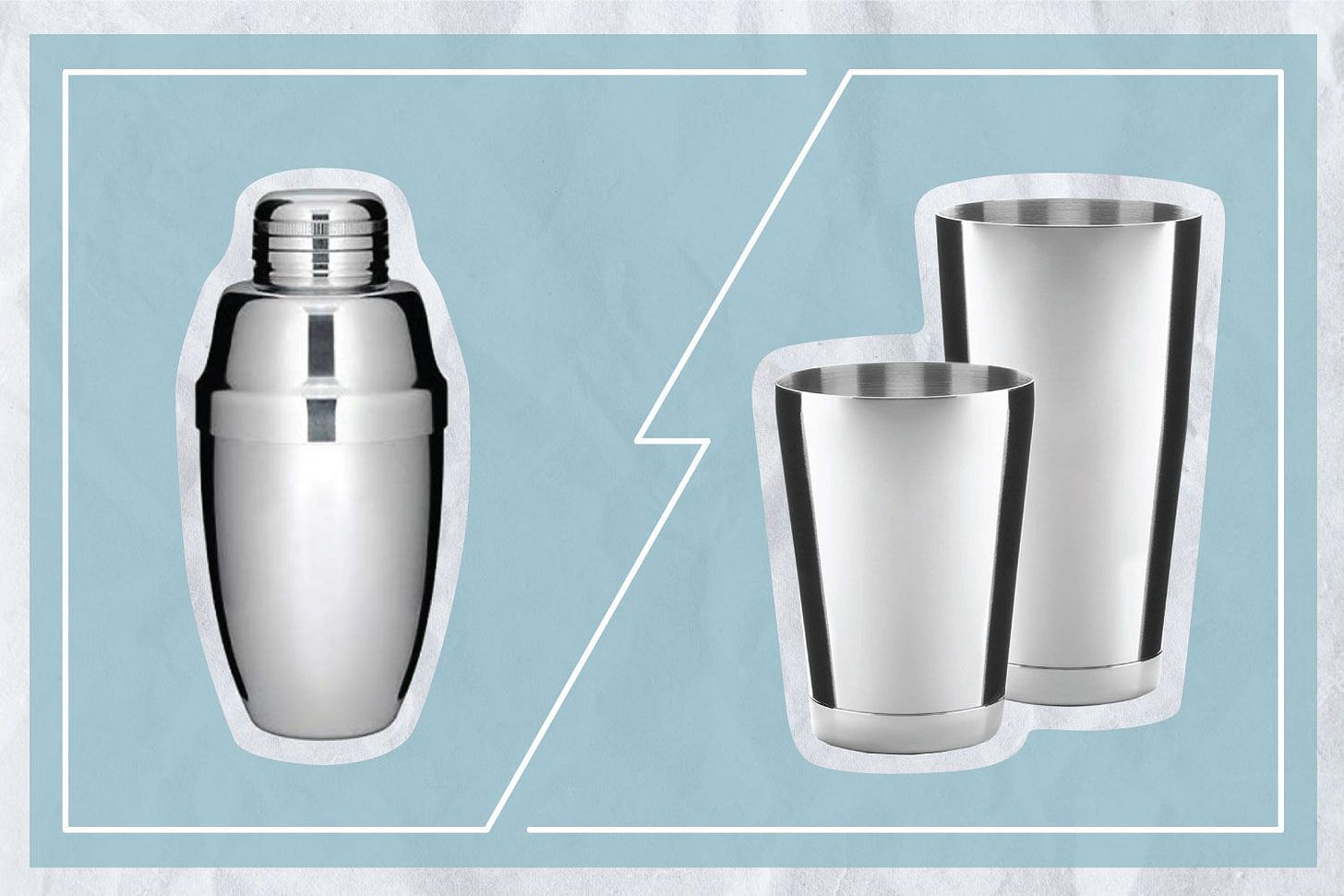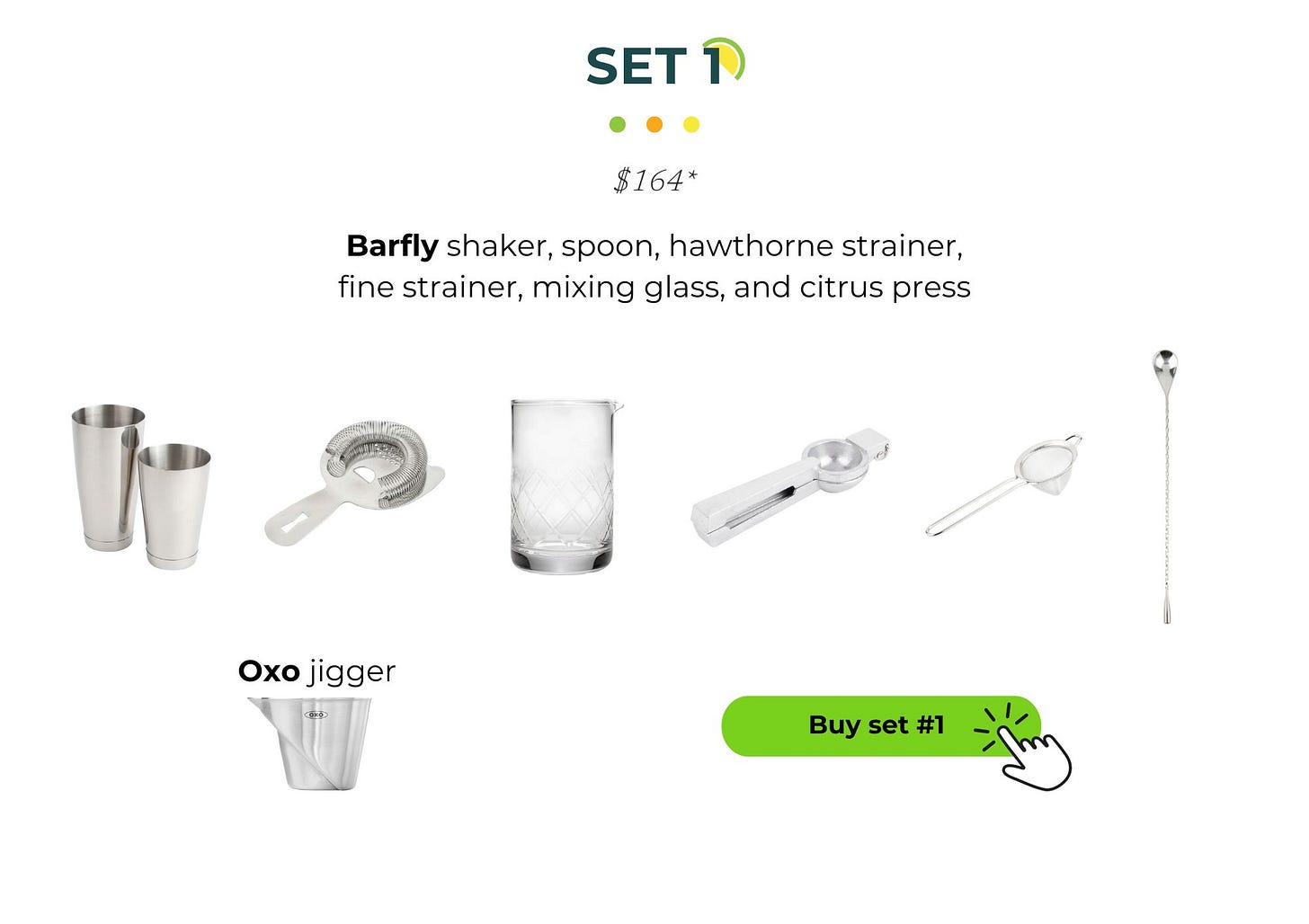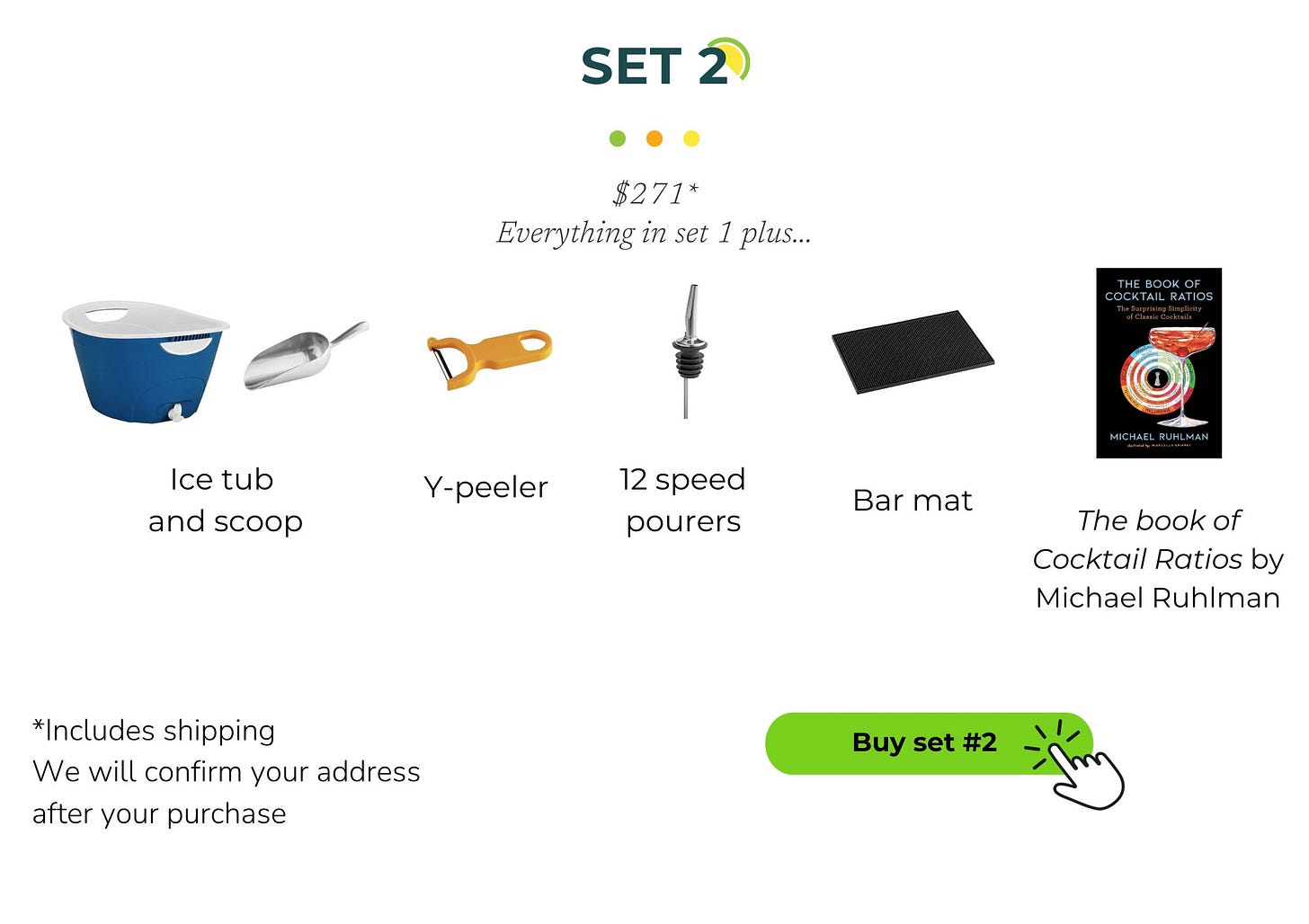As we arrive at the front end of the holiday season in the era of craft spirits and mixology, there have never been more things worth exploring and tasting. And yet, as someone who visits countless homes with a front-row view of their home stockpiles, the number of things I see that are unused or under-used is high. Cocktail shakers are still in their packaging, and the plastic wrappers topping bottles are still intact.
That is why I’ll start by saying that if you’re gifting someone that is beyond a bottle to be enjoyed on its own, like a coveted whiskey or mezcal, give them everything needed for the cocktail, and if possible, create it with them during your time together. All too often, at-home cocktails remain aspirational rather than actual because people either 1) don’t have everything they need on hand, 2) are uncertain of how to make them, or 3) the memory of bad ones makes them hesitant.
To spare your wallet, spend less on the bottle and spread the wealth across everything needed to make it. And when you make it, know it’s okay if it doesn’t turn out well the first time. That is part of the adventure. The road to good cocktails typically involves making not-so-good ones first. If you only knew how many not-so-great cocktails I’ve made in my time.
If you’re thinking, “Thanks, Chris. But how about some actual recommendations,” try one of these gems from industry legend Audrey Saunders.
The “Old Cuban” (👈 see recipe) has been the top mover at recent events. Think French 75 but with aged rum (I use Don Q Gold). That along with fresh lime juice, simple syrup, Angostura bitters, mint, and an affordable bottle of dry sparkling wine. Note: you’ll need a cocktail shaker.
“Little Italy” (👈 see recipe) is a Manhattan-style cocktail, calling on rye whiskey, sweet vermouth, and an Italian amaro. Don’t blow your budget on the rye. Rittenhouse or Old Overholt’s bonded whiskey will do. At the same time, don’t underdo it on the vermouth. Get a bottle like Cocchi di Torino or Foro, and for the amaro, Cynar (pronounced Chee-nar) is perfect. If your budget starts feeling stretched, pass on the coveted Luxardo cherries. There are great ones from brands like Tillen Farms at a fraction of the price. Note: This is a stirred cocktail.
After you make your Little Italy (and love it), if your recipient is looking at you like, “What else do I do with Cynar,” have them read this.
Looking for equipment? You’ll find it below.
Books
The best book for simple cocktail recipes that also highlights how cocktails are interrelated is The Book of Cocktail Ratios by Michael Ruhlman (our podcast conversation). Many books advocate being for the home bartender, but this is the best I’ve seen.
If your recipient wants to get good at making drinks, I recommend The Bar Book by Jeffrey Morgenthaler. He points out that good technique, recipes, and ingredients are needed for a great cocktail. I feel it is increasingly intuitive that good recipes and ingredients are important, but techniques do not get enough attention. This book is well-written and will make you a better bartender.
My favorite book of the year is A Sense of Place: A Journey Around Scotland’s Whisky by Dave Broom. While this will look good on a coffee table, it is a wonderfully romantic (and tragic) exploration of the country’s land, rituals, and people that created this renowned spirit. Buy this to understand how climate, land, and politics have impacted the spirit, the rebirth of craft, and the impact a distillery can have on a small town.
For the academic, non-fiction lover, or historian in your life: A History of the World in 6 Glasses by Tom Standage. A fascinating look at the history of libations with and without alcohol that have shaped world history. I saw this on a random bookshelf, picked it up, and delighted in reading it.
If you’ve made it this far, here are the shameless business plugs.
Send them to school
If your recipient wants help and coaching to get better at making drinks, you can always gift them a class via a gift card. On the fence? Read my Google reviews.
My passionate opinion on bar tools
People often ask about my equipment, particularly the cocktail shaker. Most people who have a shaker at home have a cobbler shaker (image on the left). Cobbler shakers can be good, but the versions most people own arrived as part of a multi-piece bar set, where quality is of tertiary importance to the price and abundance of unnecessary extras. #BangForYourBuck
I explain that tin-on-tin shakers are easy once you know how to use them. The problem with the cobbler shakers that come in an economy set is they tend to fuse shut when they get cold and are almost impossible to unseal, leaving your drink trapped inside the shaker. This almost always produces an audible “YES!” from at least one person in the crowd who has lived this experience. If you want to know a great way to make fewer cocktails, buy equipment likely to aggravate you.
Feel free to do what you feel is best, but I have assembled two gift sets if you’re looking for help. Feel free to jot them down and buy them a la carte. One is a set of essential bar tools, and the second is everything I use during class, plus The Book of Cocktail Ratios.
Have questions, or looking for something else? Leave a comment or drop me a line.







